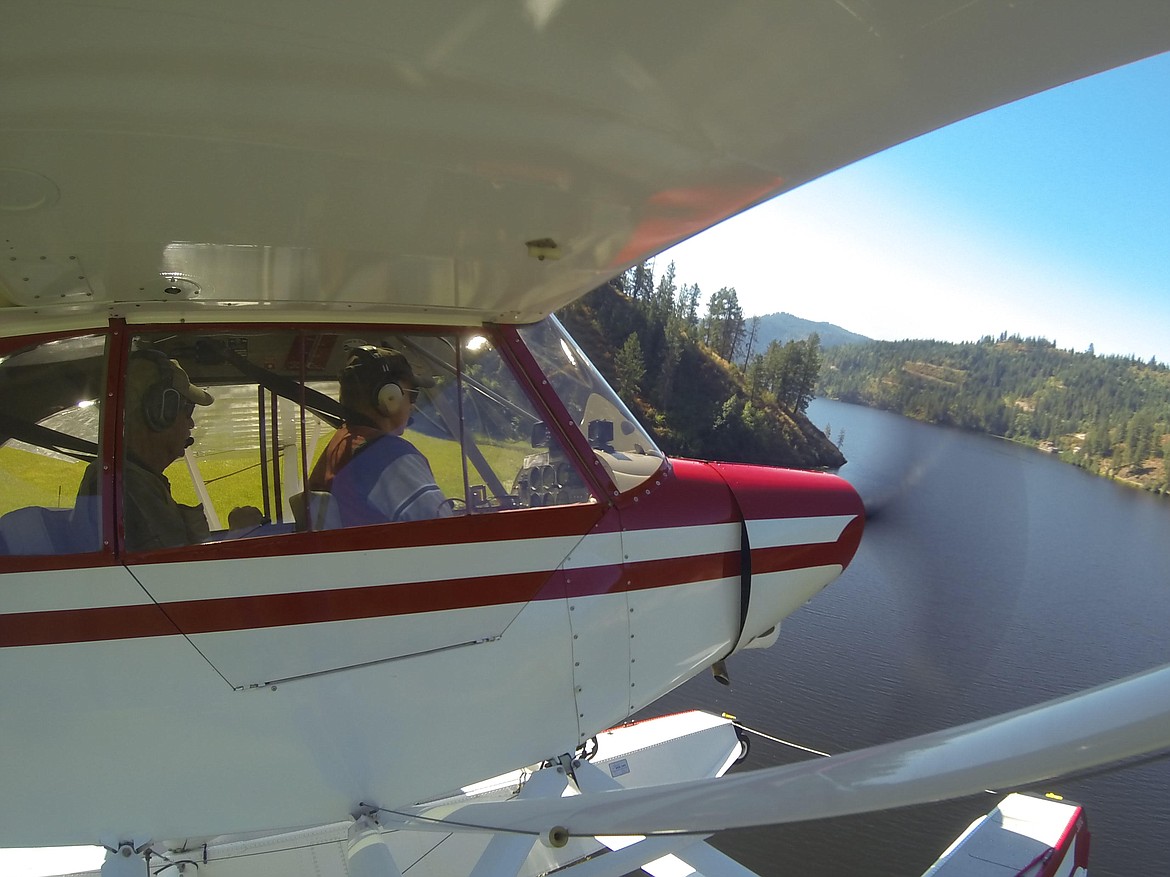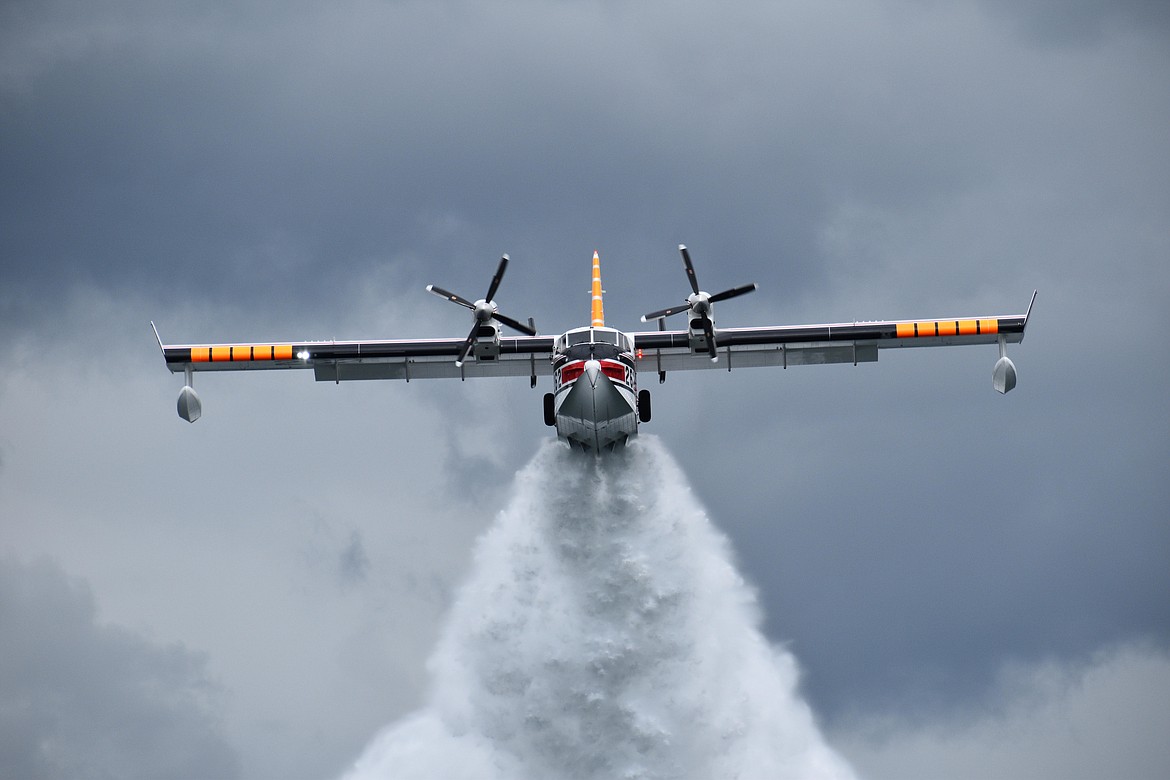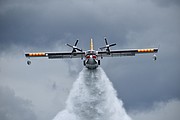Clearing the air
Collisions happen even on clearest, sunniest days
It's a pilot's worst nightmare.
Soaring through the skies when all of a sudden another plane becomes too close for comfort. Going upward to 300 miles per hour with only about 12 seconds to react, a midair collision becomes a reality.
"It does happen when you get into a congested area and you're both looking at the same thing,” pilot and former Federal Aviation Administration designated pilot examiner Mike Kincaid of Hayden said Wednesday.
"If one perhaps isn’t following the procedures the other is used to, it surprises them and we all end up in the same spot."
According to the Aircraft Owners and Pilots Association, most midair collisions occur in day visual meteorological conditions — the times of best visibility — within 5 miles of an airport. They can also be correlated to traffic levels: most occur between 10 a.m. and 5 p.m. on weekends during the warmer months, essentially when the most traffic is in the air.
The FAA reported 42 midair collisions in the United States from January 2009 through December 2013. The majority of these midair collisions occurred in good weather and during daylight hours.
"Somebody coming straight at you is the hardest thing to see," said Frank O’Connell of Coeur d'Alene. "It's a small dot and then all of a sudden it's a big dot and it’s there.
"In the aviation community, when someone dies, a piece of us dies," he said.
O’Connell said in his more than 30 years of flying, he's had his share of close calls.
"Especially for people like me that fly low and slow, it's not uncommon to have a close encounter with other airplanes. Not very many that scared me, but I have had a few like that.
"You just never know when somebody's going to sneak up on you or when you're going to sneak up on them."
Pilots are trained to "see and avoid," a rule in the Federal Aviation Regulations that requires pilots to remain vigilant at all times while operating an aircraft, “So as to see and avoid other aircraft.” It then lays down certain “rules of the road” that govern who has the right of way when two airplanes are approaching head-on, converging, overtaking and landing.
However, pilots aren't immune to distractions from passengers, blind spots, sun glare, mechanical problems and a host of other issues that can come into play.
Kincaid and O'Connell both discussed the increased traffic in North Idaho's airspace as a cause for concern.
"The Coeur d’Alene area has seen a dramatic increase in aircraft activity in recent years, putting an extra burden on pilots entering local airspace," Kincaid said. "At the Coeur d’Alene Airport, pilots from the student level to airline pilots enter the airspace in everything from Cubs without radios to big jets.
"Most pilots are very safe and do their best to communicate and follow procedures and FAA regulations when using the airport," he said.
"Others — even those flying $30 million jets — have issues which cause conflicts," he continued. "Many pilots at the Coeur d'Alene Airport say it’s only a matter of time before there is a midair collision in the traffic pattern."
"Celebrities, Forest Service, commercial traffic, and guys like me at the airport who fly putt-putts, so far we've done pretty well mixing it up together,” O'Connell said. "With the increased traffic, there's an increased risk of a midair happening."
O'Connell said communication is paramount for pilots to alert others to their locations.
"If you use the radio enough, you're going to find out where people are and you’re going to get out of each other’s way," he said.
With the evolution of avionics, or electrical systems on aircrafts, he said many times pilots are watching instrument panels more than seeing what is outside the cockpit.
"You can't substitute avionics for your eyeballs,” he said. "There's no substitute for seeing what’s around you."
Kincaid said equipment can help prevent mishaps. The latest technology is what’s called Automatic Dependent Surveillance Broadcast (ADS-B), which basically provides electronic position reporting with air traffic control and between aircraft. It’s fairly cheap to install on an aircraft and many aircraft now have it.
It’s not known if the two planes involved in Sunday’s crash had ADS-B.



